The Collinwood House has been the best kept secret in Plano, until now. People all over our city are buzzing about this gem, hidden in plain view along densely-packed housing additions. Located on Windhaven Drive in West Plano, this grand house stands on the high point of a once lonely prairie where Fox Creek merges with White Rock Creek. The Shawnee Trail was once visible from the house and within whistling distance.
This gracious frontier-era home is now understood to be Plano’s oldest structure, still standing exactly where it was built in the early 1860s. You might think that a farmhouse of this vintage would be a tilting wreck with peeling paint, broken windows and nesting birds. Because Collinwood was continually occupied as a private residence until 2014, it has been solidly maintained and still stands strong. While modern amenities such as indoor plumbing and electricity have been added, the original floor plan is virtually intact.
Today, the future of Collinwood is uncertain. On May 6, the people of Plano will be asked to vote on the preservation and restoration of this historic home. If the bond passes, work can begin to revive the house to welcome the people of Plano once again.
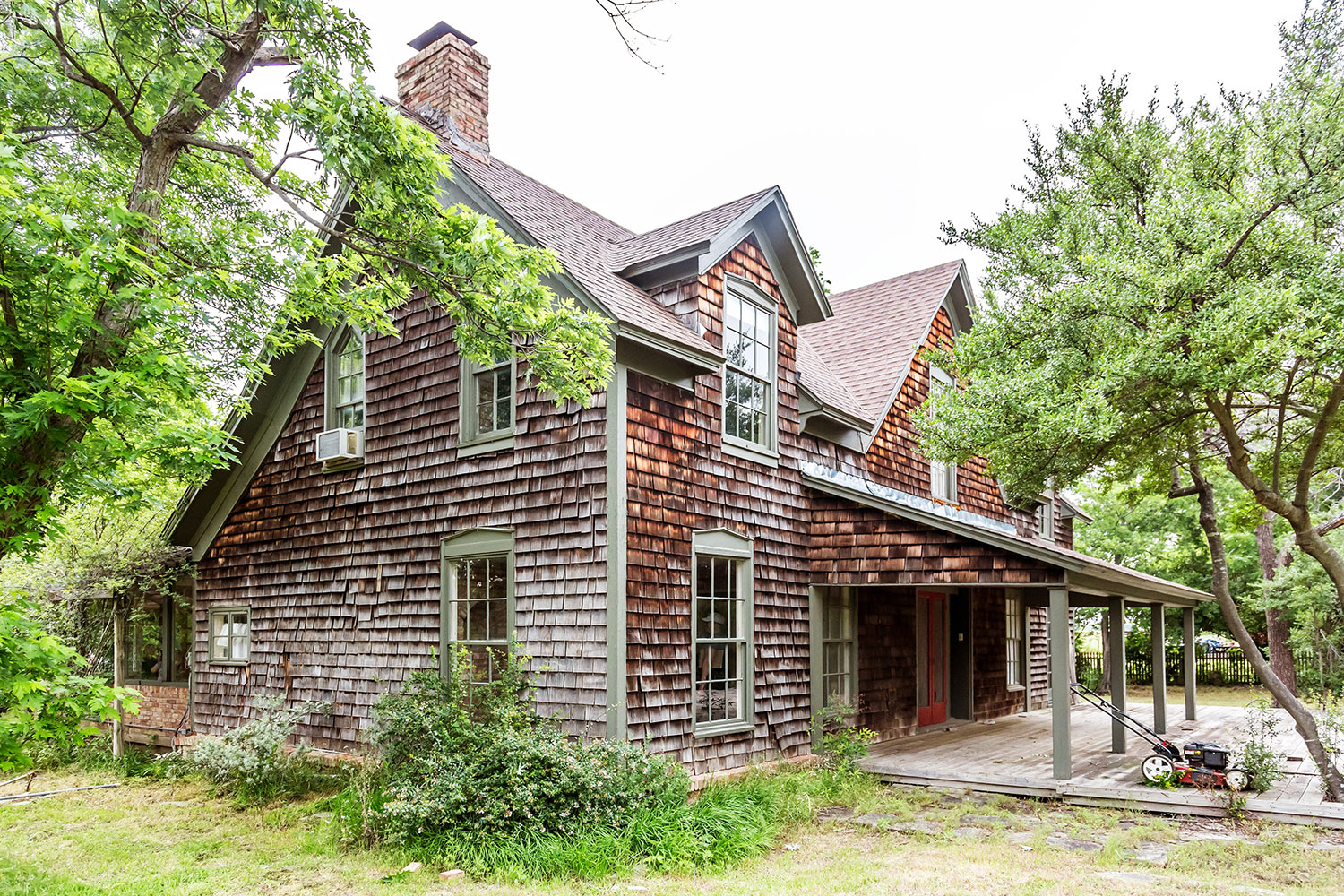
In the mid-19th century, the common prairie farm house in Texas was the “dog-trot,” two log cabins connected by a covered breezeway. Evidence suggests that Collinwood may have started out this way sometime in the 1850s.
Between 1856 and 1862, brothers Julian K. and Charles Meredith Fox expanded the house and cladded the exterior with cypress planks. Those planks are still intact, hidden beneath the cedar shingles.
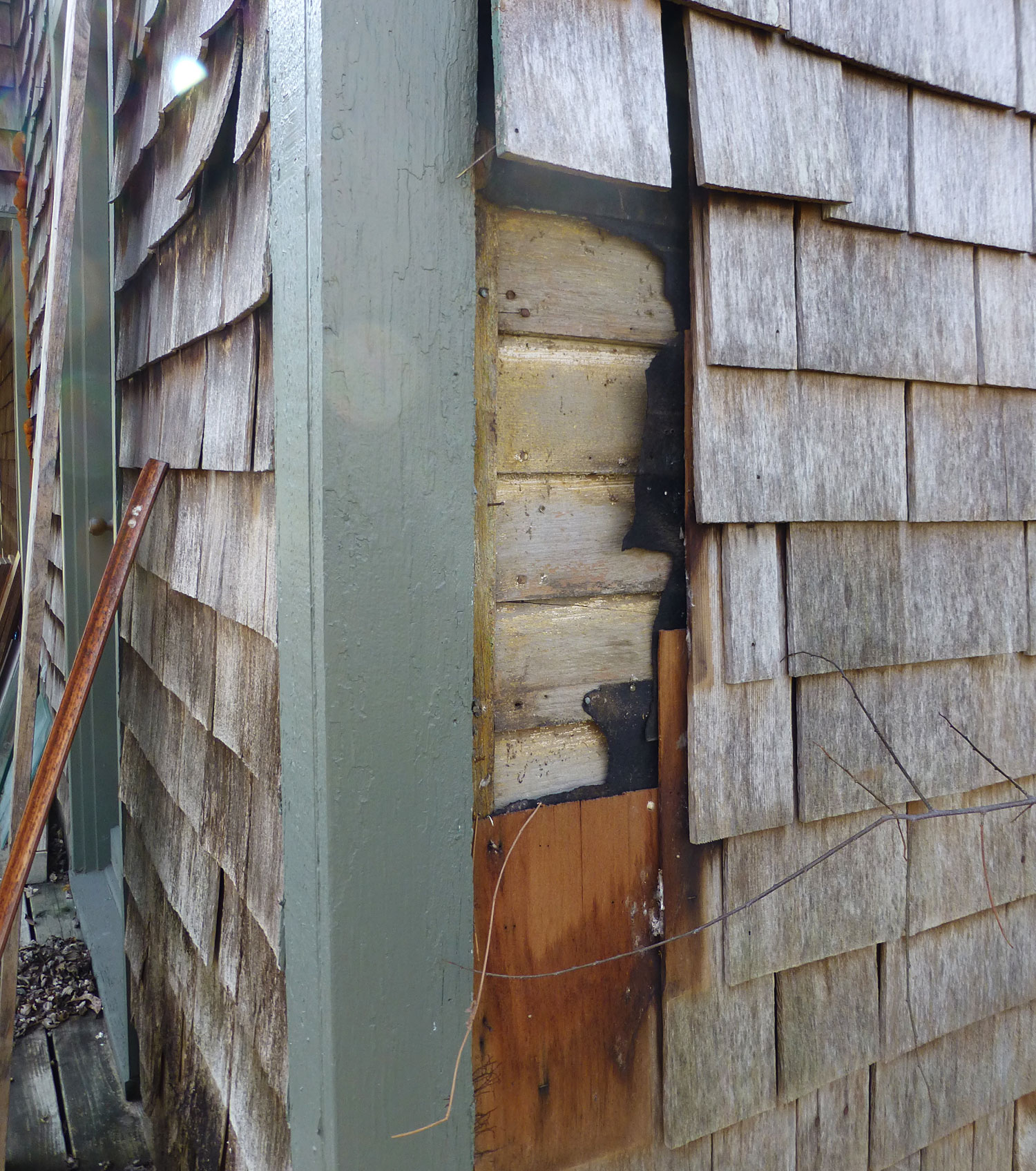
In 1862, the Fox family sold the house to C.S. Haggard. Clinton Shepard Haggard, known by his initials C.S., was 18 when he traveled to Texas with his father in 1856. Together, they bought a section of land and invested in stock, horses and mules. His father died two years later leaving C.S. to fend for himself. Through hard work and a good business sense, he prospered enough to provide for a family. C.S. married Nancy Katherine Lunsford, affectionately known as Nannie Kate. Eventually, their nine children grew up at Collinwood, playing in the creeks, digging for arrowheads and raising chickens and rabbits.
By 1862, the Civil War raged in the southeastern states. Union and Confederate troops regularly patrolled the nearby Shawnee Trail in clear sight of those inside the Collinwood house. When C.S. enlisted to fight, Nannie Kate remained at Collinwood, a young mother caring for her children and managing the farm until her husband came home.
Fortunately, Nannie Kate was not alone. Her family connections included many of the early settlers who still have descendants in Plano today. The Carpenter, Shepard, Aldridge, Harrington, Forman, Bishop, Bush, Rodgers and Mathews families all shared association with Collinwood. Some were related by blood, others by marriage, inheritance, partnership or old-fashioned friendship. These families stood by Nannie Kate when needed.
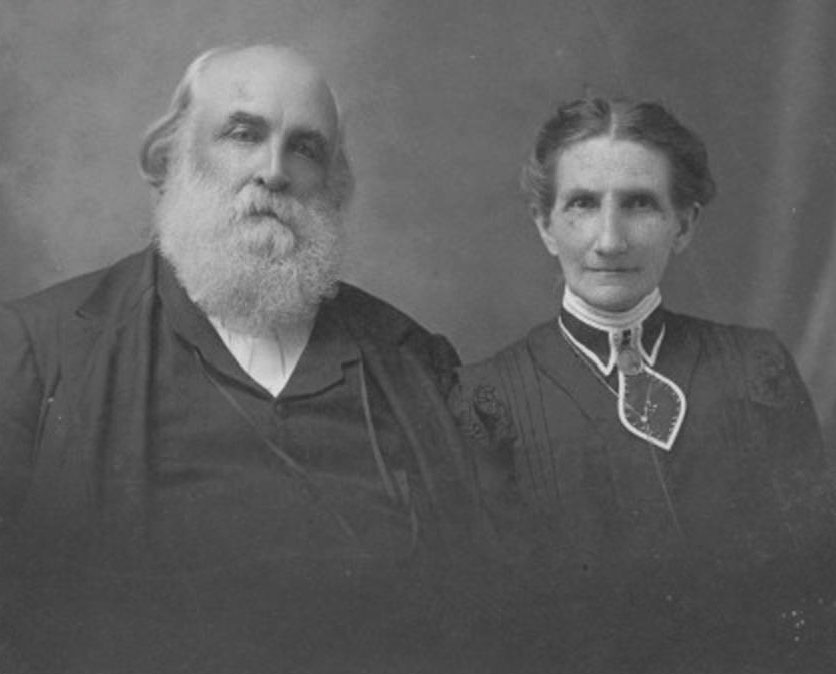
C.S. came home at the end of the war in 1865. The family survived the Reconstruction years, and with determination and hard work became one of the largest landowners in Collin County. A little-known fact is that the Haggards worked to establish Add Ran College, now known as Texas Christian University. The Haggard family owned and cared for Collinwood for 74 years. It became a country retreat for new owners – a place to relax from hectic city life and a refreshing break from the stifling summers of Texas heat.
Plano’s early settlers left their previous homes for the empty plains of the frontier. They braved the journey and survived Kiowa and Comanche raids. Drought seared their crops and killed their livestock. Those tough enough to stay built homes, raised families and made a new life.
The Collinwood House witnessed their struggles and successes. From a rough prairie house to a 3,200-square-foot Cross-Gabled Gothic Revival jewel, Collinwood is not simply the result of hard working people. It is the repository of all the hopes, memories and dreams of families who made a life within its walls and loved the land where it sits. Collinwood links us to the frontier legacy of those who built a prosperous future for their families, much like we work for our families today.
The fate of Collinwood rests with the voters on May 6. If the bond fails, the city will destroy the house, along with its history and memories.
Learn more about Collinwood’s history from these previously published stories:
Collinwood History by Candace Fountoulakis > Collinwood History by Randy Moir >Learn more about the 2017 Bond Referendum:
2017 Bond Info >
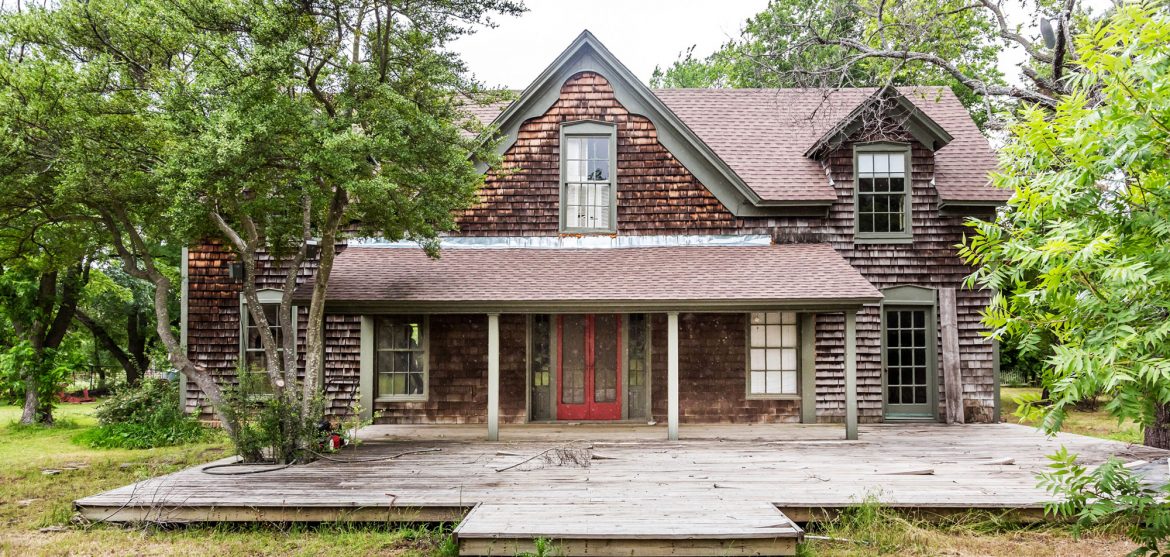



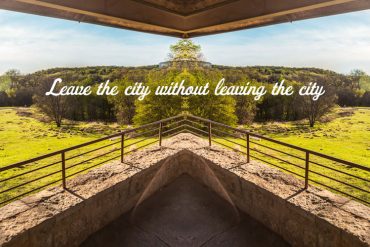
A wonderful look at the intriguing set of circumstances which led us to discover the wonder of this site and its unique homestead. This could put Plano on the heritage map along with its other unique structures including Ammie Wilson’s farmstead, the Interurban Museum’s Railcar 360 and the amazing homes and businesses still standing in east Plano.